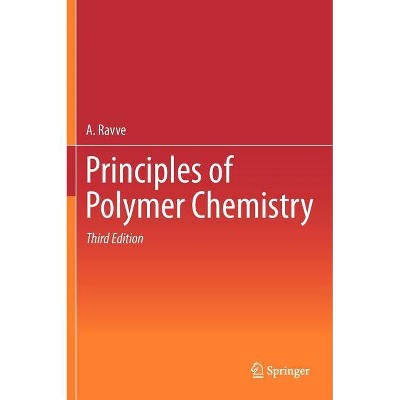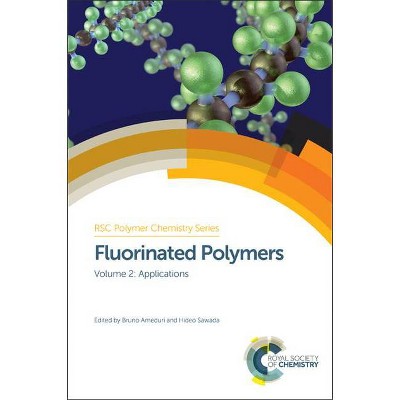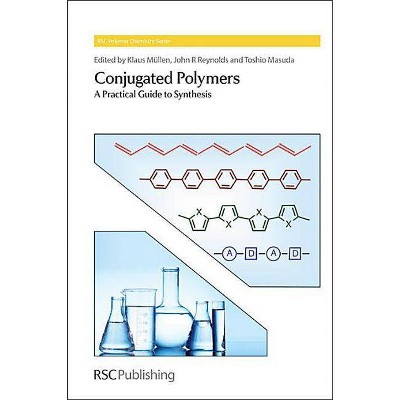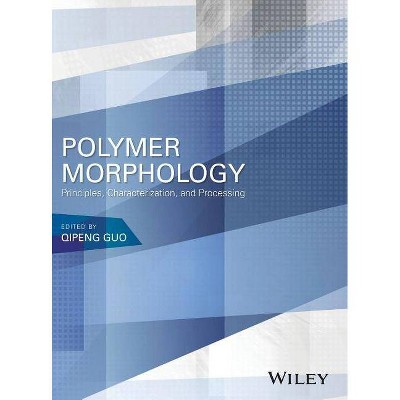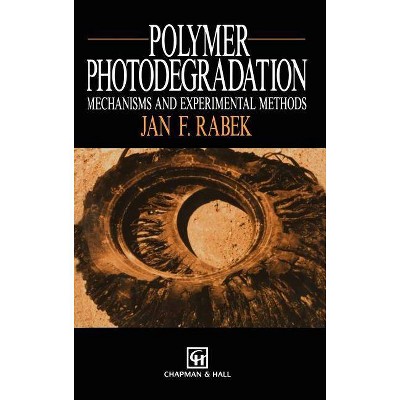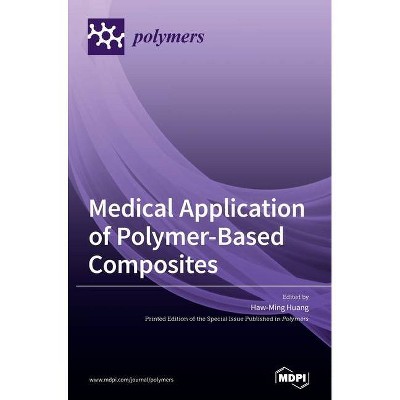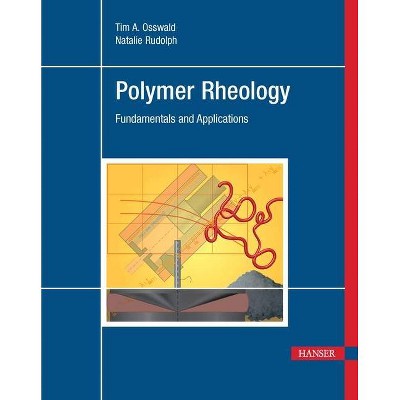Healable Polymer Systems - (Polymer Chemistry) by Wayne Hayes & Barnaby W Greenland (Hardcover)
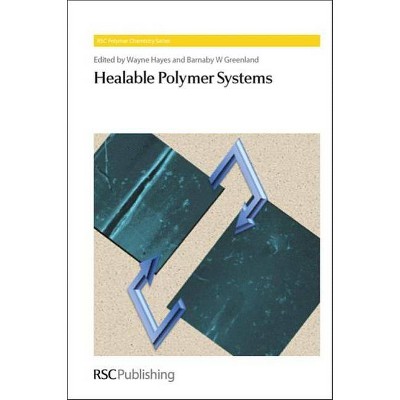
Similar Products
Products of same category from the store
AllProduct info
<p/><br></br><p><b> About the Book </b></p></br></br>Written by leading experts, the book provides polymer scientists with a compact and readily accessible source of reference for healable polymer systems.<p/><br></br><p><b> Book Synopsis </b></p></br></br>Polymers are used in many everyday technologies and their degradation due to environmental exposure has lead to great interest in materials which can heal and repair themselves. In order to design new self healing polymers it's important to understand the fundamental healing mechanisms behind the material. Healable Polymer Systems will outline the key concepts and mechanisms underpinning the design and processing of healable polymers, and indicate potential directions for progress in the future development and applications of these fascinating and potentially valuable materials. Written by leading experts, the book covers the different techniques for both autonomous healable materials and rehealable or remendable materials developed successfully to date, providing polymer scientists with a compact and readily accessible source of reference for healable polymer systems.<p/><br></br><p><b> From the Back Cover </b></p></br></br><p>Polymers are used in many everyday technologies and their degradation due to environmental exposure has lead to great interest in materials which can heal and repair themselves. In order to design new self healing polymers it's important to understand the fundamental healing mechanisms behind the material. Healable Polymer Systems will outline the key concepts and mechanisms underpinning the design and processing of healable polymers, and indicate potential directions for progress in the future development and applications of these fascinating and potentially valuable materials. </p> <p>The book covers the different techniques developed successfully to date for both autonomous healable materials (those which do not require an external stimulus to promote healing) and rehealable or remendable materials (those which only recover their original physical properties if a specific stimulus is applied). These include the encapsulated-monomer approach, reversible covalent bond formation, irreversible covalent bond formation and supramolecular self-assembly providing detailed insights into their chemistry. </p> <p>Written by leading experts, the book provides polymer scientists with a compact and readily accessible source of reference for healable polymer systems.</p><p/><br></br><p><b> About the Author </b></p></br></br><p>Wayne Hayes is a Reader in Polymer Chemistry at the University of Reading, UK. He graduated with a PhD from the University of Birmingham under the supervision of Professor J.F. Stoddart (1996). This was followed by a post-doctoral fellowship with Professor J.M.J. Frechet, Cornell University and then University of California, Berkeley, USA before returning to the UK to undertake a Lectureship at Nottingham Trent University and then one at the University of Reading (1999). His main research interests are to generate novel polymeric materials using either state-of-the-art synthetic chemistry methods or molecular recognition phenomena. </p> <p>Barnaby Greenland is a Teaching Fellow working within the Chemistry and Pharmacy Departments at the University of Reading, UK. His research interests are synthesizing and understanding new supramolecular functional materials.</p>
Price History
Price Archive shows prices from various stores, lets you see history and find the cheapest. There is no actual sale on the website. For all support, inquiry and suggestion messages communication@pricearchive.us


